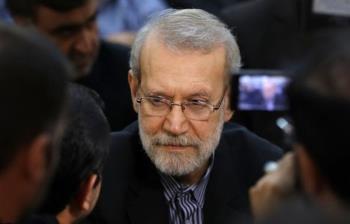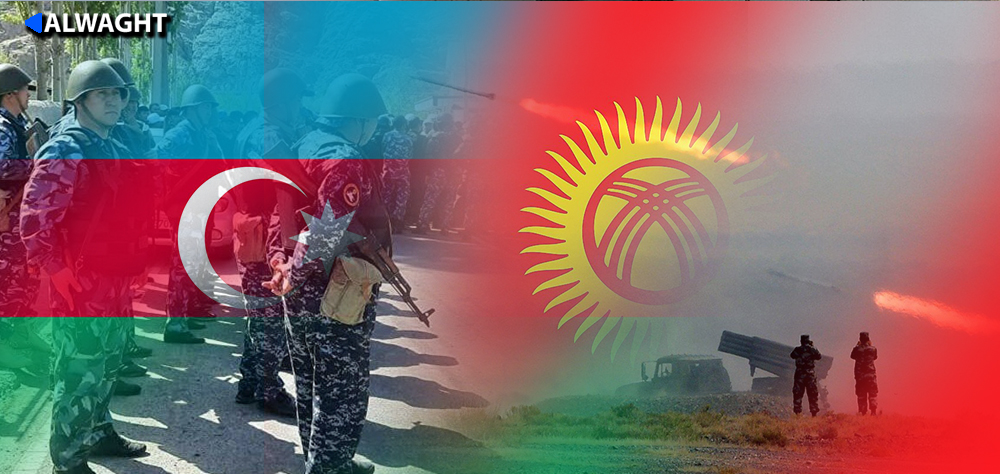Alwaght- Clashes between Tajiki and Kyrgyz forces erupted on April 28 in the border region of Batken and despite calls from other countries, especially Russia the confrontation continues between the two neighbors. Reports said that the clashes started after Tajikistan tried to install CCTV cameras on a power grid in the border region, a move drew response from Kyrgyz side seeking to destroy the facilities.
According to Kyrgyzstan ministry of healthy, on April 30 exchange of fire killed 13 Kyrgyz civilians and wounded 121 others.
The eruption of the military confrontation between the two countries now more than ever attracts the focus to the root causes of their border disputes. Reports suggest that under Russian pressures, President Emomali Rahmon of Tajikistan and his Kyrgyz counterpart Sadyr Japarov are set to discuss ceasefire and return of the two sides’ forces to their permanent stationing sites.
Soviet administrative divisions and fire under the ash in Central Asia
Tajikistan and Kyrgyzstan disputes traces back to the Soviet Union collapse in 1991. During Tsarist Russia, in the Central Asian region in the nineteenth and twentieth centuries, independence and the creation of new governments in the Central Asian region was unthinkable, and Moscow for reasons such as centralism and tight control of the region changed the local boundaries between the republics of the region in line with its policies and strategies, and in many cases did not pay attention to the demographic structure and identity of the inhabitants.
After breakup of the Eastern Bloc represented by the Soviet Union and the consequent end of the Cold War in 1991, great challenges remained in place for the newly-independent republics which continued to grapple with impacts of tensions. Meanwhile, Tajikistan and Kyrgyzstan 30 years after independence remain exchanging border violation accusations.
The border disputes between Tajikistan and Uzbekistan are even greater than those with Kyrgyzstan. Today, for example, Tajiks find themselves most affected in the former divisions of the region because the Tajik provinces of Samarkand, Bukhara, Surkhandarya, and part of the Fergana Valley were handed to Uzbekistan. In fact, the socialist policies of the Soviet leaders in the years after 1919 have always been a platform for disregard for the identity structure of the region and are a reason for the current crises.
Grounds and roots of border disputes between Tajikistan and Kyrgyzstan
As it was above mentioned, the main root of the current conflict between Tajikistan and Kyrgyzstan cannot be traced back to a superficial conflict or incident in recent days, but to the post-Cold War era and the collapse of the Soviet Union in 1991. It is noteworthy that Tajikistan shares 972 kilometers of borders with Kyrgyzstan. Since the Soviet dissolution, the two sides agreed on demarcation of nearly 520 kilometers of the common borders.
But the rest of the border line between the two countries is yet to be determined and this causes disputes between the residents of border regions on the use of water resources, roads, pastures and lands. At different times bloody clashes erupts between the two countries.
Vorukh region takes a center stage in these disputes. Vorukh is part of Tajikistan but its residents are in difficulty for movement to mainland Tajikistan due to it being an enclave. Its enclave status is tempting to Kyrgyzstan. Over the past few weeks, word spread about Kyrgyz side suggesting land swap that would see trading Vorukh for a Kyrgyz territory of the same size. The proposal drew an outcry from Tajikistan’s public opinion. The public response was so strong that Rahmon visited Sughd province where he in an address ended the rumors by saying that there will be no territory swap.
Peace and ceasefire outlook amid regional and international pressures
Upon the eruption of clashes, regional and international actors called for a ceasefire between the neighbors. Russia was first to step in and start mediation. Iran, Kazakhstan, the EU, and UN called for cessation of the fire and negotiations for a border agreement.
Along with foreign efforts, contacts between the foreign ministers of the two countries were established from the very first day, then the presidents talked over the phone. With the two sides under pressure especially from Moscow, a ceasefire is expected to be announced soon. Still, the current border disputes can be temporarily suspended, but the key border problems cannot be considered over because a major part of the common boarders are yet to be demarcated and the key disputes over water pastures, movement of the citizens, and also geographical and geopolitical issues are not settled yet. These cases keep the border dispute a potential for renewed clashes.



























